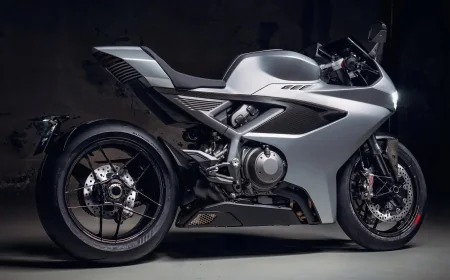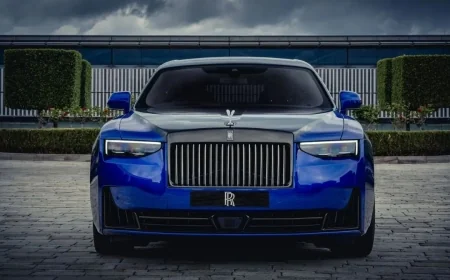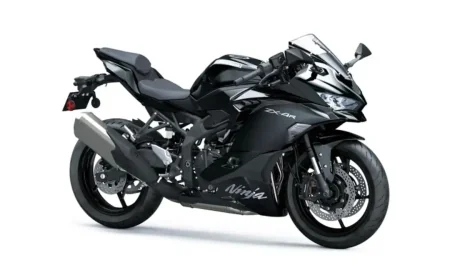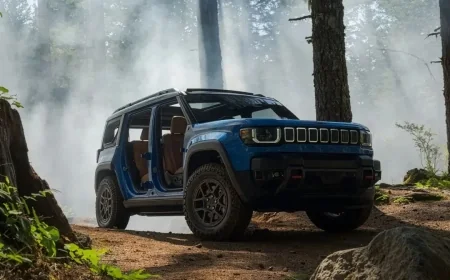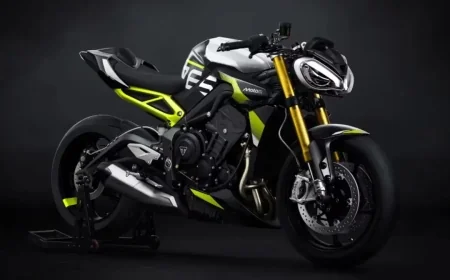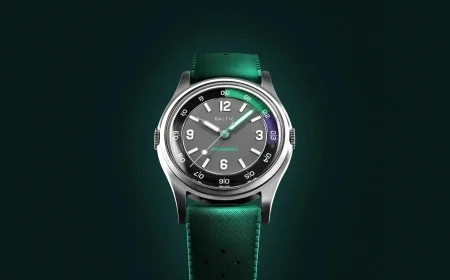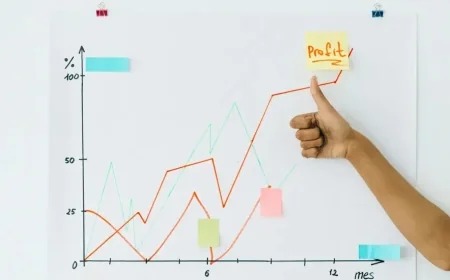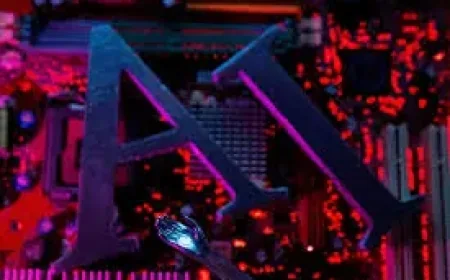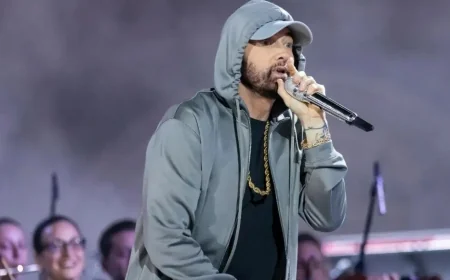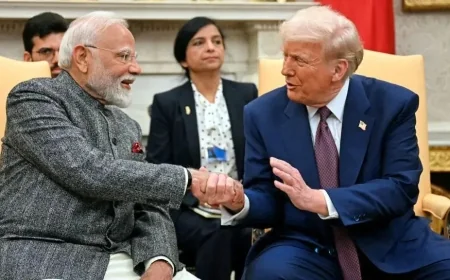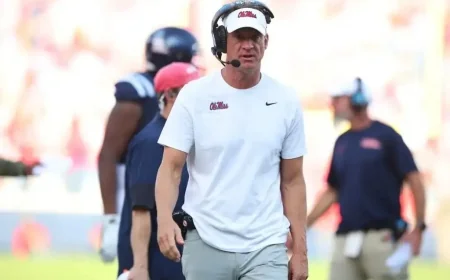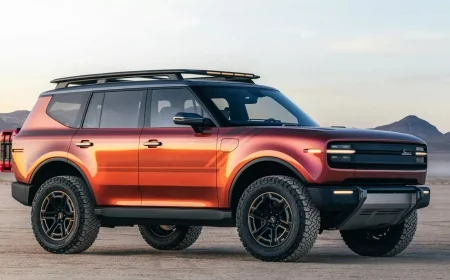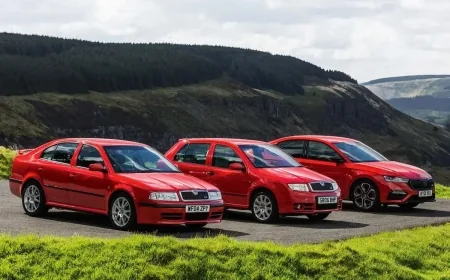HONDA Clear signals and a reset of intent
Honda arrived at the show with clarity. For some time, the company appeared unsure about its next moves in the EV era. Honda has always had engineering capability
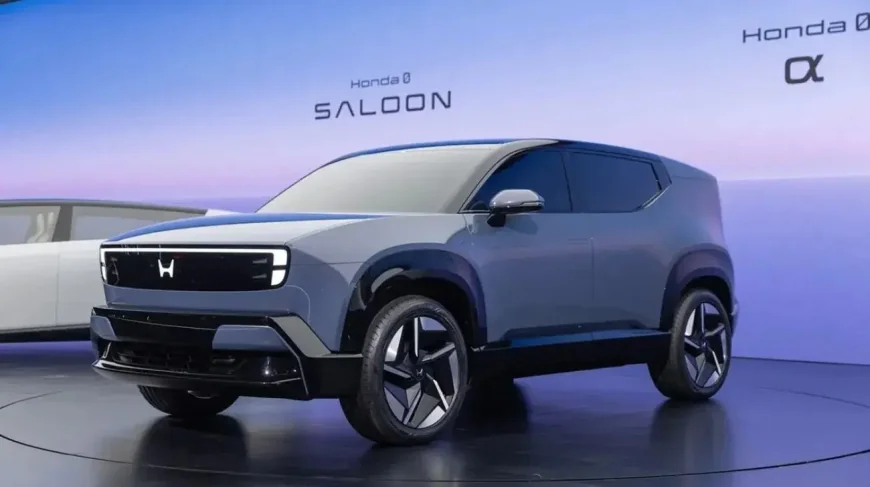
It has delivered iconic engines and dynamic cars in the past. Recently, it has felt quieter. In Tokyo, the brand showed a shift. There was no nostalgia. The focus was on its next decade and India featured in that plan. The message was simple. Honda will build EVs for India and it will scale its SUV portfolio.
The Honda 0 α SUV concept forms the entry point to Honda’s new 0 Series EV family. This is a global model with India positioned as a core market. Honda confirmed production for India and Japan beginning in 2027. Unlike the larger 0 SUV that will come through the CBU route to India next year, the 0 α will be produced locally. This is a strategic decision and marks an important shift in Honda’s India EV approach. The concept is smaller than the 0 SUV seen earlier this year at CES. The design direction is shared. Honda refers to the philosophy as Thin Light and Wise. The stance is upright. The front windscreen is raked sharply, and the rear screen is vertical. The window line rises towards the rear and meets a thick C pillar that brings a touch of MPV form. There is a small roof spoiler. The illuminated Honda badge sits on the front panel with the charging port integrated. Headlamps frame the badge. A deep chin section flows into thick body cladding. Aero styled 19-inch five-spoke alloys sit in pronounced arches. At the rear, the full-width U-shaped lamp treatment stands out. The bumper carries a prominent faux bash plate and the lower light units are integrated within it. Honda design executive Taku Fukui confirmed the concept is close to production. Most exterior elements shown are expected to reach the road car. Honda did not reveal the cabin. However, in a conversation
with chief engineer Toshikazu Hirose, the focus was clear. The wheelbase will be between 2700mm and 2800mm. The goal is to maximise interior space. The upright tailgate should support good luggage volume. Hirose confirmed two LFP battery options for production. LFP chemistry has been chosen for its suitability for high temperature markets such as India. While final capacities were not disclosed, the range is likely between 65kWh and 75kWh. The SUV will
launch as a Front Wheel Drive single-motor version.
Segment positioning and rivals
The Honda 0 α will compete directly with the Maruti e Vitara in India and other markets. It will also face the Mahindra BE 6 MG ZS EV, Hyundai Creta Electric and Tata Curvv EV. Estimated pricing is Rs 25 lakh to Rs 30 lakh. This positions Honda in a competitive segment. It also signals that the brand is ready to take electric demand seriously in India. Honda’s India roadmap Honda used the show to reinforce its India plan. The company targets ten launches by 2030, with seven of them being SUVs. This reflects the shift in its understanding of the Indian market. Sedans once formed Honda’s core in the country. The shift to SUVs is now fully accepted internally.
Honda Super One
A different kind of highlight came from the compact side. The Honda Super One, also referred to as Super N in the UK due to trademark conflict, is a five-door electric kei-style city car. It adopts a tall stance with tiny wheels and a compact footprint. The look draws inspiration from small performance rally cars of a past era. In Japan, this is positioned as an urban mobility solution. It serves as a reminder that compact EVs can still carry character. Honda clarified the naming change for the UK market, where Super One is already trademarked by a karting championship. The presence of this model at the show offers
insight into the brand’s thinking around compact electrified mobility. Honda’s stand conveyed renewed purpose. There was no flamboyance. Instead, there was structure. Engineering direction. A defined India commitment. It was a clear return to form in a realistic way.
What's Your Reaction?
 Like
0
Like
0
 Dislike
0
Dislike
0
 Love
0
Love
0
 Funny
0
Funny
0
 Angry
0
Angry
0
 Sad
0
Sad
0
 Wow
0
Wow
0





